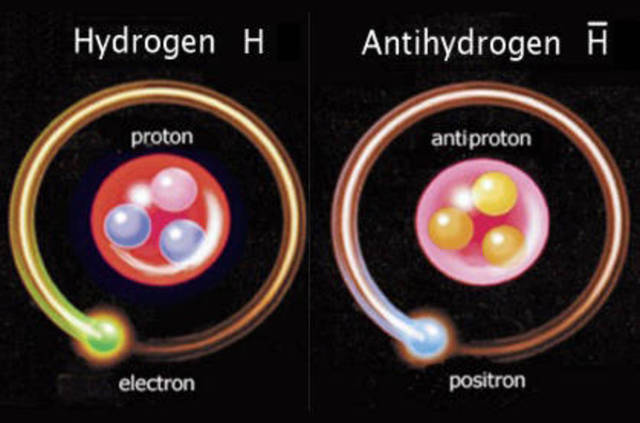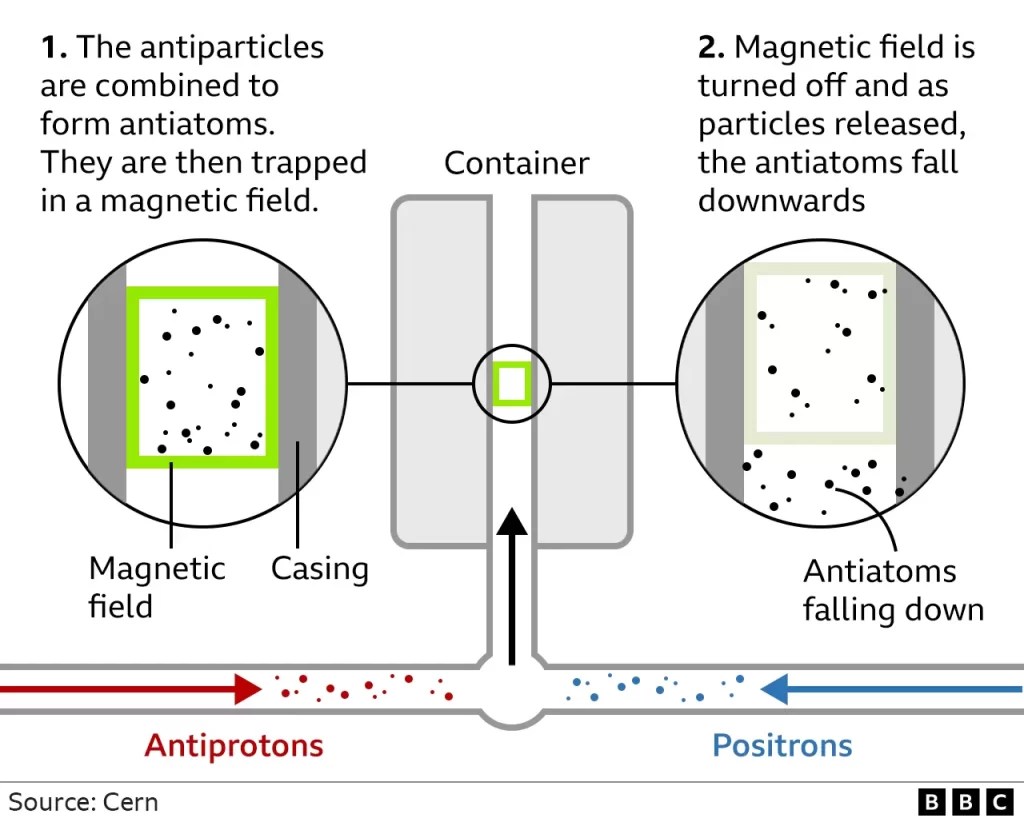When Tom Hanks's character, Robert Langdon, hunts down the secret Illuminati brotherhood in the film of Dan Brown's bestseller Angels & Demons, the cameras follow him tracking down stolen antimatter in a secret laboratory at Cern, the home of the European Organisation for Nuclear Research and the infamous Large Hadron Collider. There, Langdon meets in-house scientist Vittoria Vetra and we viewers get an insight into the complex world of physics housed at Cern, in Switzerland.
But for Swansea University professor Mike Charlton, the techy setting of Angels & Demons is just his own office. Every few weeks, Charlton, a senior research fellow in physics, heads to Cern to carry out experiments and develop his research into the complex world of particle theory. A world away from Dan Brown's findings – Angels & Demons is "science fiction but great for what it does to boost interest in science", says Charlton – he is leading Swansea's involvement in an international project on antimatter called Alpha.
It's a massive collaboration, Charlton says, of around 40 scientists from institutions ranging from the University of California, Berkeley to the Federal University of Rio de Janeiro in Brazil – but antimatter? I'm already a little lost. Luckily, he provides a potted physics lesson. Antimatter, I'm told, was formed in the Big Bang, when for every particle of matter created, a matching "antiparticle" was born, identical in mass but with the opposite electric charge. For the first few moments of its life the universe was balanced, but just a short time later the antimatter disappeared, leaving only matter to form the entire cosmos.
When Brown's plot arrives at Cern, a stolen gram of antimatter is sneaked out of the Geneva science base with the aim of being used as a devastating weapon. In reality, Charlton explains, that's impossible. The Alpha research project is currently working on finding a way to collect and then retain antimatter – moving it around just isn't possible right now.
"We're currently researching how to make and then store antimatter in order to research and study its properties," he says. "That means making a very special bottle for it – since antimatter will annihilate on contact with matter – and it's hardly portable. It is connected to a huge power supply, because we need an enormous magnetic field to make and hold the antimatter, for one thing. Even if you could move that, our storage bottle is huge – about the size of five filing cabinets, and 10 times as heavy – so it would take a day to move it only 10 yards. Plus, the contents are incredibly fragile."
Charlton also takes issue with the way Brown's novel suggests that physicists can create antimatter in amounts that could cause a destructive explosion. It's impossible, says Charlton. "If you wanted to make an explosion, you'd use materials that are ready at hand – which antimatter really isn't," he explains. "We're working on it, but the process means producing each atom individually, using an expensive machine which, every minute or so, can only make a few million anti-nuclei – the heavy parts we need to create the atoms of antimatter."
"To make an explosion, you'd need a massive amount more than that. And it would require so much power that it's well beyond the realms of reality."
The Cern project has been hitting the headlines over the last year or so, but it was back in 1986 that Charlton and a colleague started talking about prospects for making antimatter. They started to hear about a machine at Cern that might be able to help them out – but Charlton admits "it still took ages to get going".
He realised that there was "a massive problem with antimatter": its very existence contradicts the understanding of how the universe formed and exists. "So now we know it does exist, we have to try to answer the question as to why did all the antimatter disappear in the early universe, and allow it to evolve resulting in the formation of stars and planets – and us?"
On a day-to-day basis, however, Charlton says his work can be a lot more mundane. "When we're carrying out an experiment, it's almost entirely remote-controlled, since you can't go near the particle beams. So in between, we're focused on repairing or upgrading apparatus. Sometimes that involves software, other times it's just crawling around unbolting flanges – very unglamorous, but it has to be done!"
When an experiment throws up an interesting result, the team has to try to interpret the data. "Often it looks like I'm not working at all, just lost in thought," Charlton says. "Cern work can be tough," he explains. The work runs to a tight schedule, since "the antiproton beam time is rationed and we don't want to waste any".
Charlton and his fellow physicists work day and night shifts, and normally sleep nearby in one of the Cern hostels. "They have comfortable rooms, usually en suite," Charlton says. "And there are two canteens on the main Cern site, so if I'm busy I'll eat all three meals a day there. It can get quite draining. In the early days I once spent three weeks on site, without leaving Cern once. At the time I thought nothing of it – looking back I think I must have been crazy. On the whole, though, I love the work – I wouldn't want to be doing anything else."










